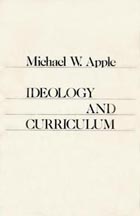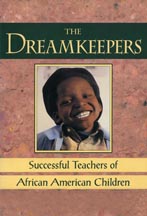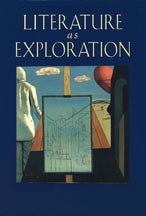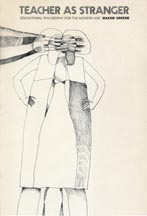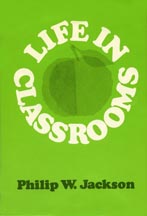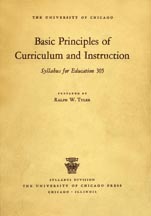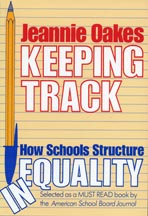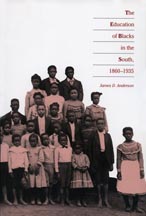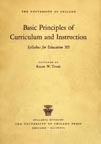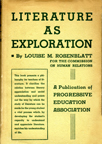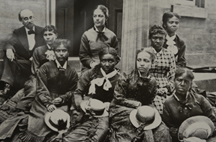

Books of the 20th Century Exhibition |
||||||||||||||||
Education constitutes a distinct academic field of study with a strong and vibrant “knowledge base.” This exhibition introduces readers to significant, influential, and controversial books from the field. It is our hope that Museum patrons will seek out and read these works for themselves and, equally importantly, engage in discussion about the strengths and weaknesses of these books’ suggestions for educational change.
INSTALLATION IN PROGRESS |
||||||||||||||||
|
||||||||||||||||
|
||||||||||||||||
|
||||||||||||||||
|
||||||||||||||||
|
forthcoming  Photos by Mundo Images |
|||||||||||||||
|
||||||||||||||||
By organizing a 20th century book exhibition, the Museum wishes not to generate a “great books” roster for the field of education nor to canonize a definitive array of books that every education professor and student should know. We wish to explore what publications defined our field and, in so doing, examine those books that have shaped (for good or bad) our values in education. We are inspired by Dewey’s closing statement in A Common Faith, “Ours is the responsibility of conserving, transmitting, rectifying, and expanding the heritage of values.” Museums conserve and transmit; we seek to rectify and expand our Books of the 20th Century Exhibition by underscoring not only acclaimed and popular works but, also, those books that have proven significant and insightful without achieving widespread recognition. From the outset, we were inspired by the positive reception to The New York Public Library’s Books of the Century which grew out of the library’s exhibition celebrating its centennial. Displaying works selected to “recall this past century and its tremendous changes . . . [Books of the Century] drew on the enthusiasm and love of books . . . of the institution’s librarians.” Similarly, our exhibitions, stemming from a love of books, provide an opportunity to generate discourse, controversy, and reflection about education writings, the type of dialogue that is mostly absent in our field. |
||||||||||||||||
Books of the 20th Century “To list is to exclude,” and we knew we would insult many by not including certain beloved works. Initially, our list grew to well over 300 books. Practical realities––research and design/framing staff time, exhibition space, scheduling, and budgets––demanded focus. Ultimately, nominations were narrowed during subsequent conversations with selection panelists. This process clarified for us the value of our project: to initiate discussions about texts “for the love of books” rather than to dispute the injustices of selections. |
||||||||||||||||

an institutional member of the International Coalition of Sites of Conscience
Museumofed@gmail.com

